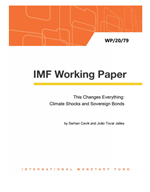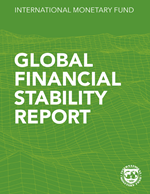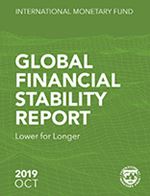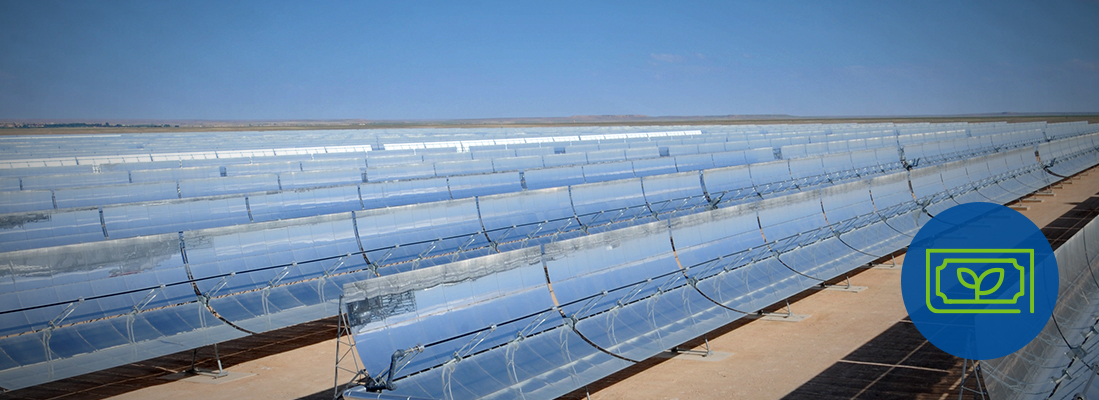Green Finance
The financial sector has an important role to play in the fight against climate change by supporting reductions in climate change risk and mitigating the impact of adverse climate events.
Long term institutional investors can help with rebalancing and redistributing of climate related risks and maintaining financial stability. Hedging instruments (e.g., catastrophe bonds, indexed insurance) help insure against increasing natural disaster risk, and other financial instruments (e.g., green stock indices, green bonds, voluntary de-carbonization initiatives) can help re-allocate investment to “green” sectors.
From the oversight perspective, central banks and other regulators are adapting frameworks and practices to address the multifaceted risks posed by climate change. This includes ways to improve climate risk disclosure and classification standards, which will help financial institutions and investors better assess their climate-related exposures—and help regulators better gauge system-wide risks.
The IMF is offering support by working with the Network of Central Banks and Supervisors for Greening the Financial System and other standard-setting bodies to promote green finance more broadly and developing climate-related stress tests.
Publications
IMF WORKING PAPER, June 05 2020
This Changes Everything: Climate Shocks and Sovereign Bonds

Global Financial Stability Report, April 2020
Markets in the Time of COVID-19 | Chapter 5: Climate Change: Physical Risk and Equity Prices

Global Financial Stability Report, October 2019
Lower for Longer | Chapter 6 Sustainable Finance

FINANCE & DEVELOPMENT, DECEMBER 2019, VOL. 56, NO. 4 PDF VERSION
A Greener Future for Finance
Green bonds offer lessons for sustainable finance
FINANCE & DEVELOPMENT, DECEMBER 2019, VOL. 56, NO. 4 PDF VERSION
Fifty Shades of Green
The world needs a new, sustainable financial system to stop runaway climate change.
FINANCE & DEVELOPMENT, DECEMBER 2019, VOL. 56, NO. 4 PDF VERSION
Climate Change and Financial Risk
Central banks and financial regulators are starting to factor in climate change.
Blogs

Equity Investors Must Pay More Attention to Climate Change Physical Risk
MAY 29, 2020
The damage from the 2011 floods in Thailand amounted to around 10 percent of Thailand’s GDP, not even considering all the indirect costs through a loss in economic activity in the country and abroad. By some estimates, the total costs of the 2018 wildfires in California were up to $350 billion, or 1.7 percent of U.S. GDP. Every year, climatic disasters cause human suffering as well as large economic and ecological damage. Over the past decade, direct damages of such disasters are estimated to add up to around US$ 1.3 trillion (or around 0.2% of world GDP on average, per year).
Connecting the Dots Between Sustainable Finance and Financial Stability
OCTOBER 10, 2019
Unsafe working conditions. Use of child or forced labor. Environmental impact on protected areas. More and more investors are looking at issues and factors beyond traditional financial analysis when directing their money. Sustainable finance aims to help society better meet today’s needs and ensure that future generations will be able to meet theirs too.







